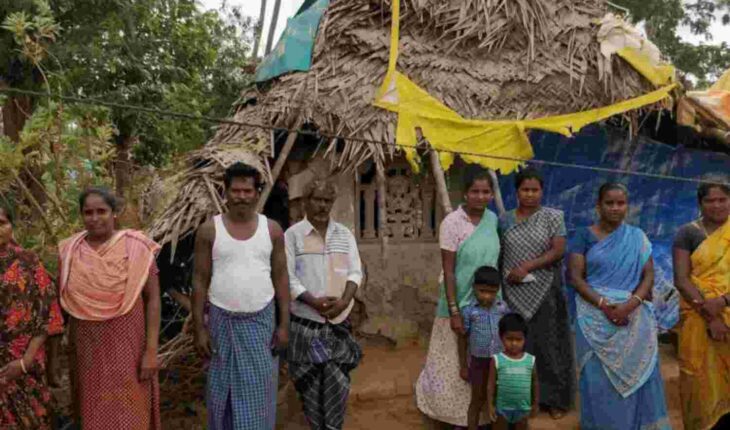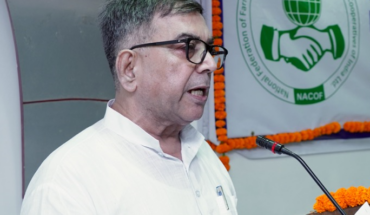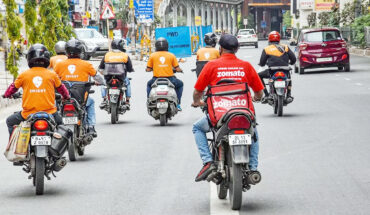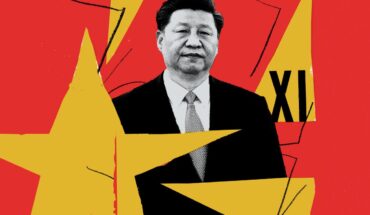India’s remarkable 8.2 per cent GDP growth in 2023-24, while impressive, hides two troubling trends. First, the agriculture sector is faltering, impacted by an unfavorable monsoon. Second, private consumption expenditure—a key driver of growth—expanded by just 4 per cent, less than half the pace of overall economic growth. This consumption slowdown is the weakest since 2002-03, barring the COVID-19 year of 2020-21. Much of this deceleration can be attributed to sluggish rural demand, hit hard by rain deficits.
At the same time, economists highlight a “K-shaped” consumption pattern, where demand for higher-end goods outstrips that for everyday items. Hopes for a recovery rest on a normal monsoon and rising rural demand, which would spur consumption across the board, increase industrial capacity, and attract private investment—fueling the much-needed virtuous cycle of growth. Recent signs are encouraging: consumption grew at 7.4 per cent in the first quarter, and rural wage growth turned positive in July. Yet, there is a growing concern that urban demand is waning.
S&P Global Ratings noted that high interest rates are curbing urban spending, a concern mirrored in the Reserve Bank of India’s July consumer confidence survey, which showed a decline in urban buyers’ optimism. The Finance Ministry also flagged falling passenger vehicle sales as an indicator of this cooling demand. To counter these headwinds, policymakers must act swiftly. High food inflation and shrinking wallets are squeezing discretionary spending, making this festive season a critical moment for recovery. The government should consider meaningful cuts to fuel taxes, passing the benefit of lower global oil prices to consumers. A significant reduction in fuel costs could reignite demand, supporting both consumption and the broader economy, ensuring that the growth momentum does not stall. It will also ease the financial burden of common people a bit.






